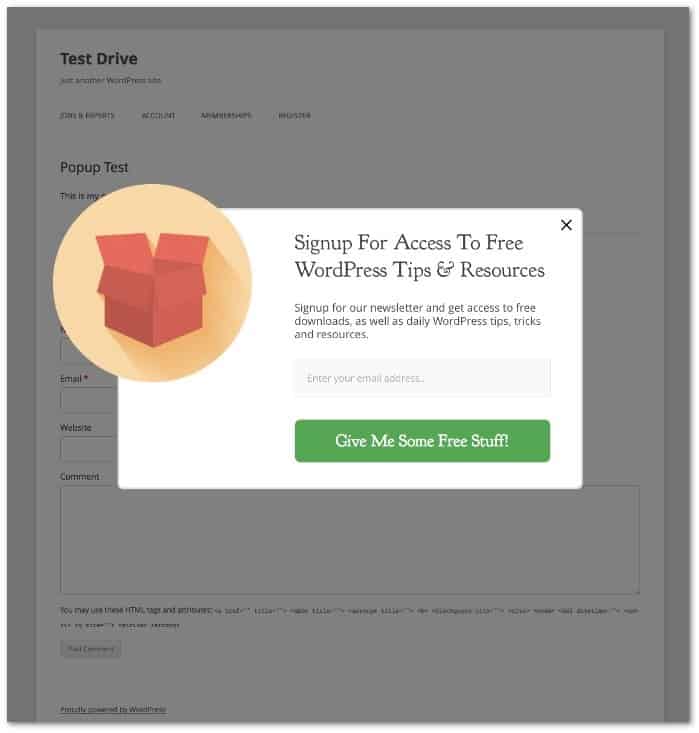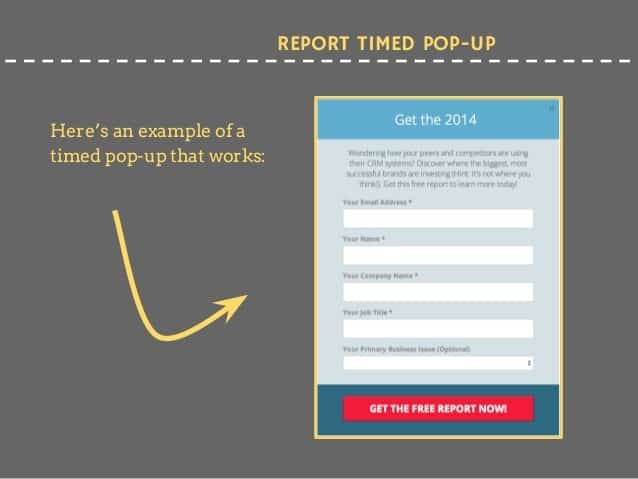Gaining authority in their realm should be the prime aim of every business. Most of the businesses are busy finding new ways to increase customer base through new methodology. However, what they don’t realize is that gaining customers through extreme SEO methods is only going to draw them away. Sooner or later, organizations realize that customers are made with same old marketing strategies and investments pursued since hundreds of years. They are trust, quality, respect and authority.
And content is what brings all these elements onto a single stage. Doing it right can yield multiple results and doing it wrong can devastate your brand image. How well you know your industry is a reflection of the authority you command. A heavy content focus includes many parameters of which keyword selection is prominent. However, real authority encompasses a lot more than just keywords. Now, Google pays attention to authoritative content that is laden with topically optimized information along with highly relevant keywords.
So, is Keyword Research Dead?
Authoritative content does not signify that keyword research is no more relevant. It just got more complex and more specific. Topically optimized content is written with just the right blend of keywords classified into meaningful topical parts. After collecting the right intent and keywords, we can look forward to making authoritative content.
‘Intent’ is at the Core of Topical Optimization
Search now entails finding the trending topic that can be explained with authoritative knowledge. A comprehensive phrase database can be created that includes relative keywords in a natural organic sense. Every keyword or phrase will not be relevant to the content piece at hand or your business. So, excluding negative keywords will be a task in itself. This is done to avoid dilution of the content piece and make highly-focused piece.
Next important factor in the topical optimization is the sequence. The chronology of the content should reflect the natural flow of events in the real world. Now, that something only an expert can decipher perfectly! Moving on from one single entity to another, in a smooth fashion, is the key to success. By optimizing the content in the right sequence, the marketing and product lines coincide perfectly.
Optimizing the entire topic as per the topic at hand, will further help you out in eliminating the fluff content. There is no need to cover irrelevant topics just to insert the keywords. When you optimize any topic for a highly concentrated topic, you will deliver a much more concise and valuable information to the reader. The chances of dominating a certain topic with this type of content strategy are high.
In essence, topical optimization refers to mastering a single topic and delivering unmatched content to the readers. Keywords may take a back seat but still maintain their relevance. Searchers are more likely to land and stay longer on the relevant page. Such pages reflect the true intent of the reader. Each page is laden with highly targeted keywords along with the relevant valuable information covering a specific topic in a broader sense.
Focusing on singular keywords is old-school. Spin your entire content piece around a list of highly targeted keywords that reaches more people effectively. Remember, winning audience is the key to more sales.





 Typically, once the update/Refresh algorithm rolls out, the changes you make aren’t counted. It is too late to apply any changes during the algorithm roll out time frame. All the previous changes had a cut-off date after which you cannot salvage your website from any potential losses.
Typically, once the update/Refresh algorithm rolls out, the changes you make aren’t counted. It is too late to apply any changes during the algorithm roll out time frame. All the previous changes had a cut-off date after which you cannot salvage your website from any potential losses.